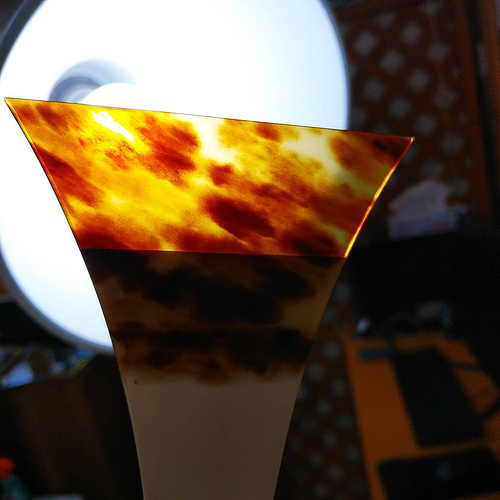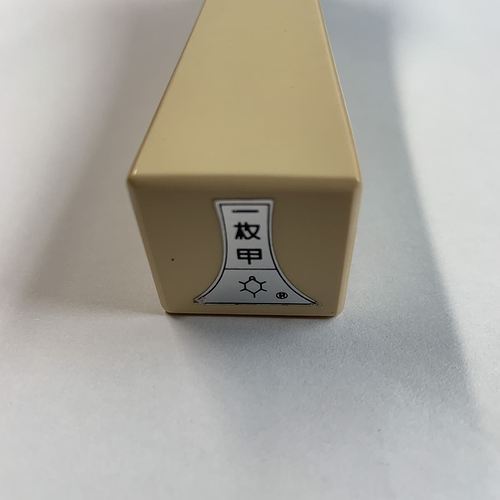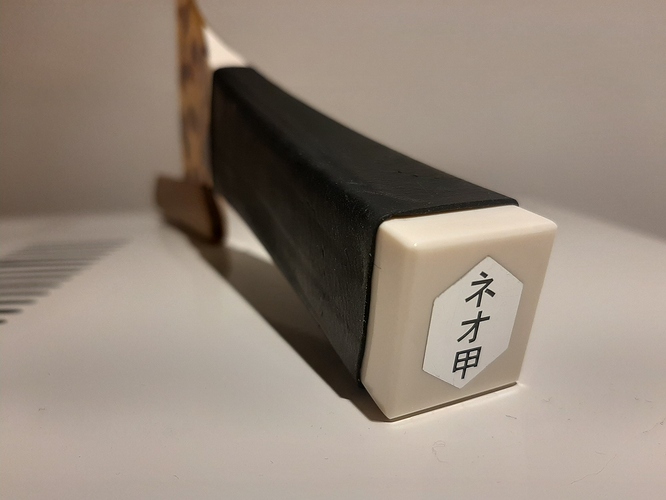Hello!
Regarding bachis with a white handle, is there a way to recognize a faux bekko from the real one? Like a stamp or something?
I am just wondering if there are faux bekko bachis ranging from “this is an imitation of turtoise shell at first sight” to “I can´t tell the difference” 
See examples below.
Or if you do own a faux bekko, does it really look like the first picture?
Thanks! 




 However, I would be delighted if you could send a picture, how time permits. I believe that would help
However, I would be delighted if you could send a picture, how time permits. I believe that would help 






